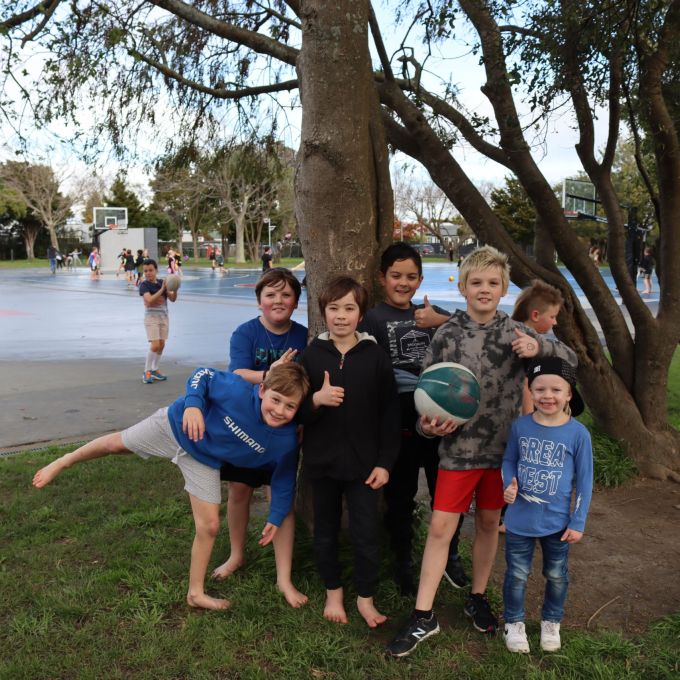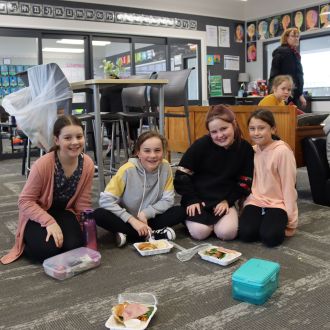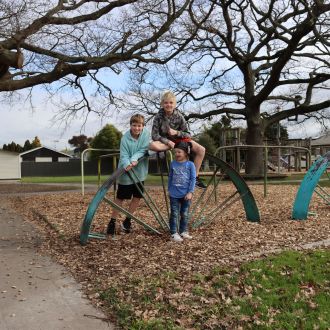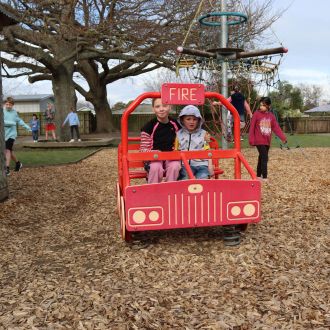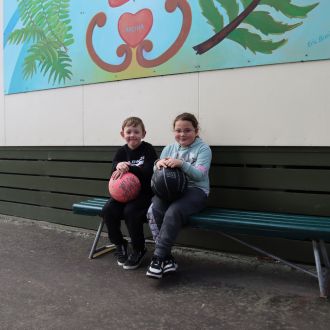Together,
we Live to Learn
and Learn to Live
Kia Ora Kia Tahi,
Kia Tahi Kia Ora

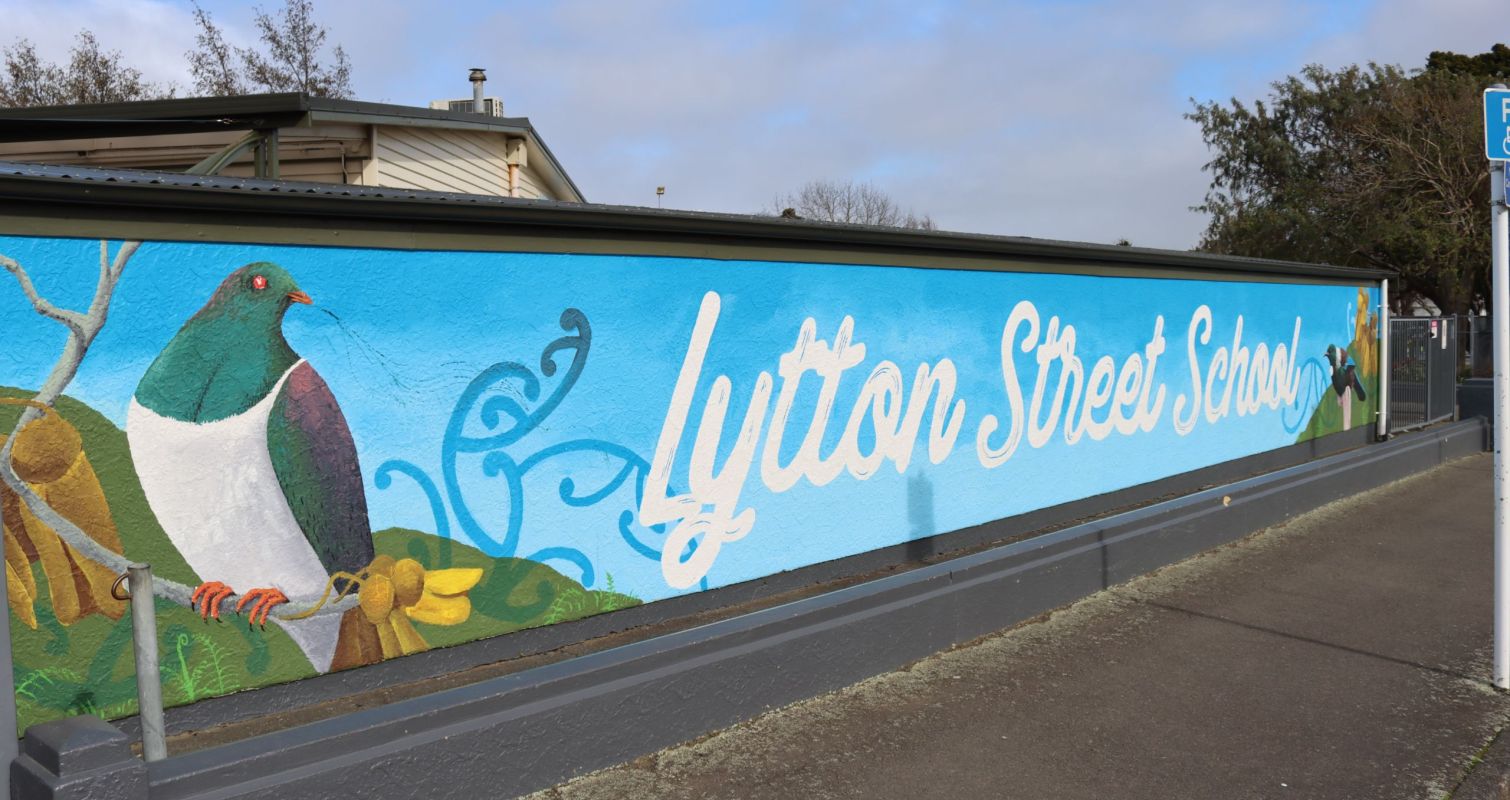
We provide an exciting, safe, and welcoming environment
We welcome you to come and see for yourself.

Our Comfortable and Modern School
Term Dates 2024
TERM 1:
3 February- 11 April
TERM 2:
28 April - 27 June
TERM 3:
14 July - 19 September
TERM 4:
6 October - 17 December

Dispositions for Learning

HINENGARO

WAIRUA

WHĀNAU
Ngāti Kauwhata
Te Rerenga Kōtare
Te Rerenga Kōtare is a name that has been given to the Lytton Street School kapa haka in 2021 to acknowledge the korowai (cloak) of manaaki (care) that covers them. It was gifted by their tutor, Rārite Mātaki, who is of Ngāti Kauwhata descent and is part of the Manawhenua collective of the region.
The name comes from the Manu Kōtare, the Sacred Kingfisher bird, and was chosen because of the behaviours and characteristics that are similar to our tamariki. The Kōtare likes to sit on the riverbanks and observe. We know children love to observe and watch with keen eyes. They see those around them and are strongly influenced by what they see and hear. Dame Whina Cooper said, “Take care of our children. Take care of what they hear, take care of what they see, take care of what they feel. For how the children grow, so will the shape of Aotearoa”. The name Te Rerenga Kōtare reminds us as influencers in the lives of these tamariki, to be mindful of what we give them to carry into the future. It further reminds our tamariki to keep looking, to keep searching for the taonga of this world and treasure them.
The Kōtare enjoys the habitat of the rivers and estuaries. This inclination is especially important for Māori, as it reminds us of our connection to the awa, and how it shapes our own identity. It is the river that helps breed life into the surrounding environment and the people. The river gives life, and all life along the riverbanks flourish as a result. For our tamariki, we hope that they also learn to recognise and identify the great influences in this world that they can connect with to enrich, grow, and flourish in their own lives, that they learn to give and take, just as the environment does to maintain balance in the world.
The final connection of the name, Kōtare, is the name of Kauwhata’s father, Kōtare. Though the group is not named after Kōtare the tupuna, there remains a link to the whakapapa of Kauwhata itself. For those who know the stories of Kōtare, they will also know he was a short man, much like some of our children who are still growing. Kōtare sits at the base of the post outside the front of the whare tupuna of Kauwhata, with his son Kauwhata placed at the top. This denotes an attribute of humility by the father (Kōtare) to place his son (Kauwhata) above himself. May our tamariki grow this attribute to place the needs of others above their own.










